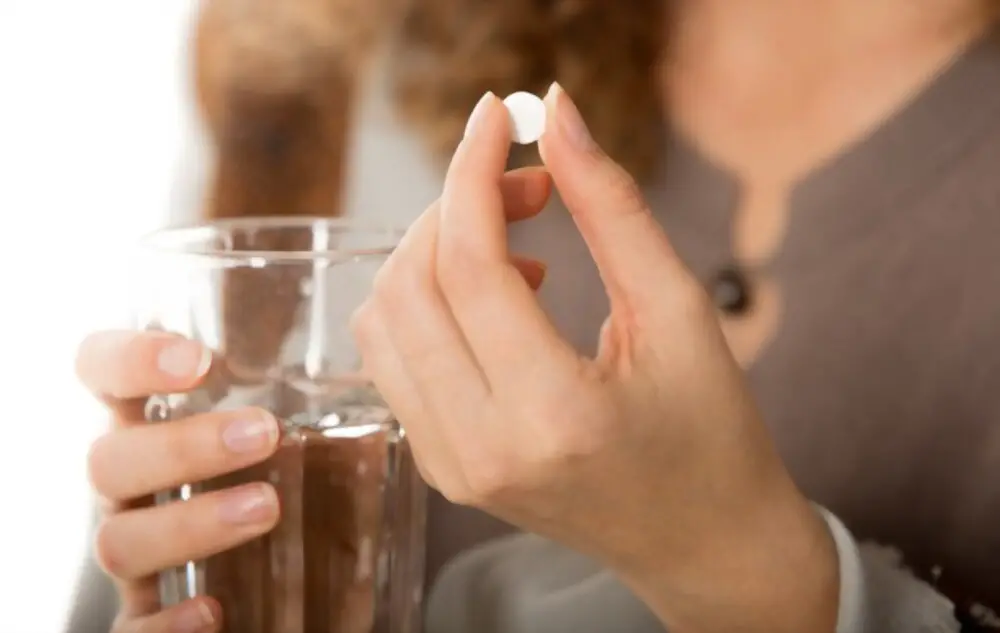Fertomid is a medication commonly used to treat fertility issues in women. If you’re considering using Fertomid or have been prescribed it by your doctor, understanding what is the best time to take Fertomid is crucial.
In this article, we’ll delve into the factors to consider, dosage instructions, potential side effects, and other essential information related to the optimal timing of Fertomid intake.
Before we dive into the details, let’s clarify what Fertomid is. Fertomid, also known as clomiphene citrate, belongs to a class of drugs called selective estrogen receptor modulators (SERMs).
It is primarily used to induce ovulation in women who have difficulty conceiving due to issues like polycystic ovary syndrome (PCOS) or irregular menstrual cycles. The aim of this article is to provide insights into determining the best time to take Fertomid, considering various factors that affect its effectiveness.
How Does Fertomid Work

When taken during the appropriate time in the menstrual cycle, Fertomid helps regulate the ovulation process and increases the chances of successful conception. By promoting the release of eggs from the ovaries, it enhances the opportunities for fertilization to occur.
What is the Best Time to Take Fertomid
The best time to take Fertomid is without or with food, and at the same time every day.
Determining the best time to take Fertomid involves understanding your menstrual cycle and tracking ovulation. This information helps optimize the chances of successful conception. Here are some key considerations:
Menstrual Cycle and Ovulation Tracking

Monitoring your menstrual cycle and identifying the signs of ovulation can provide valuable insights into the best time to take Fertomid. Ovulation usually occurs around the midpoint of the menstrual cycle, which is typically 14 days before the next expected period. Tracking methods such as basal body temperature charting, ovulation predictor kits, or monitoring changes in cervical mucus can help pinpoint ovulation.
Ideal Days for Fertomid Usage
Once you have identified your expected ovulation date, the ideal time to start taking Fertomid is usually five days before ovulation. This allows the medication to build up in your system and stimulate the release of eggs when ovulation occurs.
What is the Best Time to Take Fertomid – Recommended Dosage
The recommended starting dose of Fertomid is usually 50 milligrams per day, taken for five consecutive days. In some cases, a higher dosage or longer duration of treatment may be prescribed.
Potential Side Effects

While Fertomid is generally well-tolerated, like any medication, it can have potential side effects. It’s important to be aware of these and seek medical assistance if necessary. Common side effects may include hot flashes, mood swings, breast tenderness, and bloating. These symptoms are usually temporary and subside once treatment is completed.
See also: What Happens If You Take The Morning After Pill If You Are Already Pregnant?
How Do You Know If Fertomid Is Working
In regard to how do you know if Fertomid is working typically involves monitoring certain indicators and assessing the response to treatment. Here are some ways to evaluate if Fertomid is effective:
Ovulation Tracking: One of the primary goals of Fertomid is to stimulate ovulation. Monitoring your menstrual cycle and tracking signs of ovulation can help determine if the medication is working. Ovulation predictors, such as ovulation predictor kits or changes in basal body temperature, can indicate if ovulation is occurring.

Ultrasound Monitoring: Your healthcare provider may perform regular ultrasound examinations to assess the growth and development of follicles in the ovaries. This allows them to track the response to Fertomid treatment and determine if the medication is stimulating the growth of ovarian follicles, which contain the eggs.
Hormone Level Testing: Blood tests may be conducted to measure hormone levels, such as follicle-stimulating hormone (FSH), luteinizing hormone (LH), and estradiol. Monitoring these hormone levels can provide insights into the hormonal changes occurring during the Fertomid treatment and indicate if ovulation is being triggered.

Menstrual Cycle Changes: Paying attention to changes in your menstrual cycle can be an indicator of Fertomid’s effectiveness. If you notice more regular cycles, changes in cervical mucus consistency, or other signs of improved ovulation, it suggests that Fertomid is having a positive impact.
Pregnancy: The ultimate measure of Fertomid’s effectiveness is achieving a successful pregnancy. If you conceive while using Fertomid, it indicates that the medication has successfully stimulated ovulation and increased your chances of getting pregnant. However, it’s important to confirm the pregnancy through a medical test and continue working closely with your healthcare provider.
Can I Take Fertomid After My Period

Yes, you can take Fertomid after your period. In fact, the timing of Fertomid intake is often based on your menstrual cycle. Fertomid is typically started on specific days of your cycle to optimize its effectiveness in stimulating ovulation.
Fertomid 50 and Twins
Fertomid 50 and twins:

Taking Fertomid at 50 years old with the goal of conceiving twins can be a complex decision that should be discussed thoroughly with a healthcare provider. While Fertomid is used to stimulate ovulation, the chances of conceiving twins or multiples can increase, but they are generally low and not guaranteed.
What is the Best Time to Take Fertomid – Final Thoughts
In conclusion, to decide what is the best time to take Fertomid, is a crucial aspect of optimizing its effectiveness in treating fertility issues. Understanding your menstrual cycle, tracking ovulation, and following the dosage and administration instructions provided by your healthcare provider are essential.

